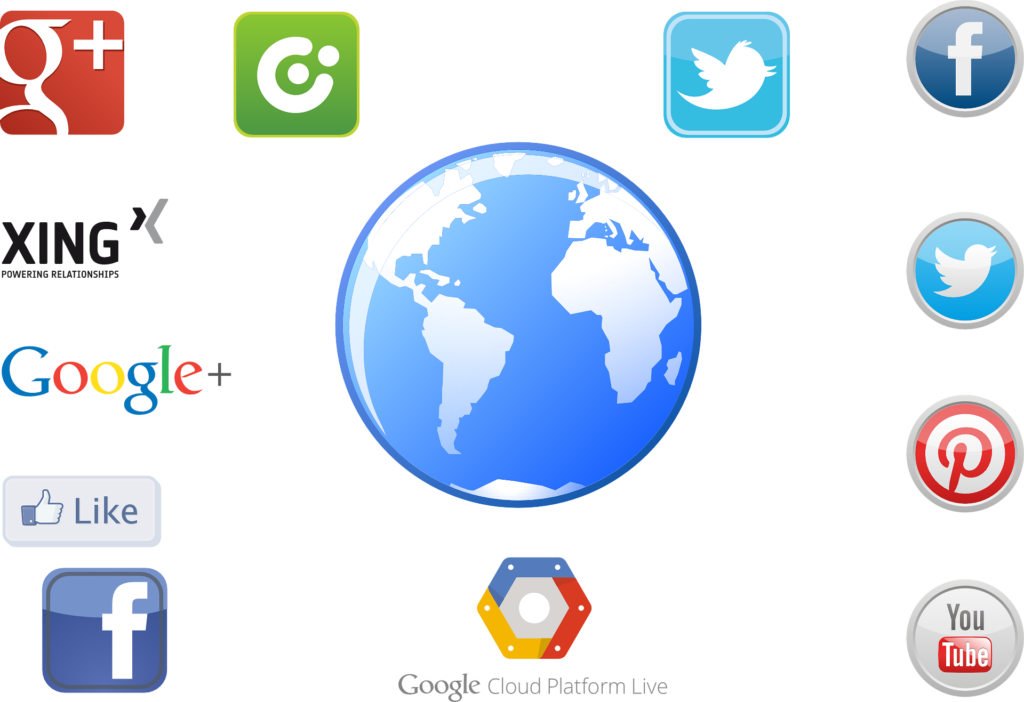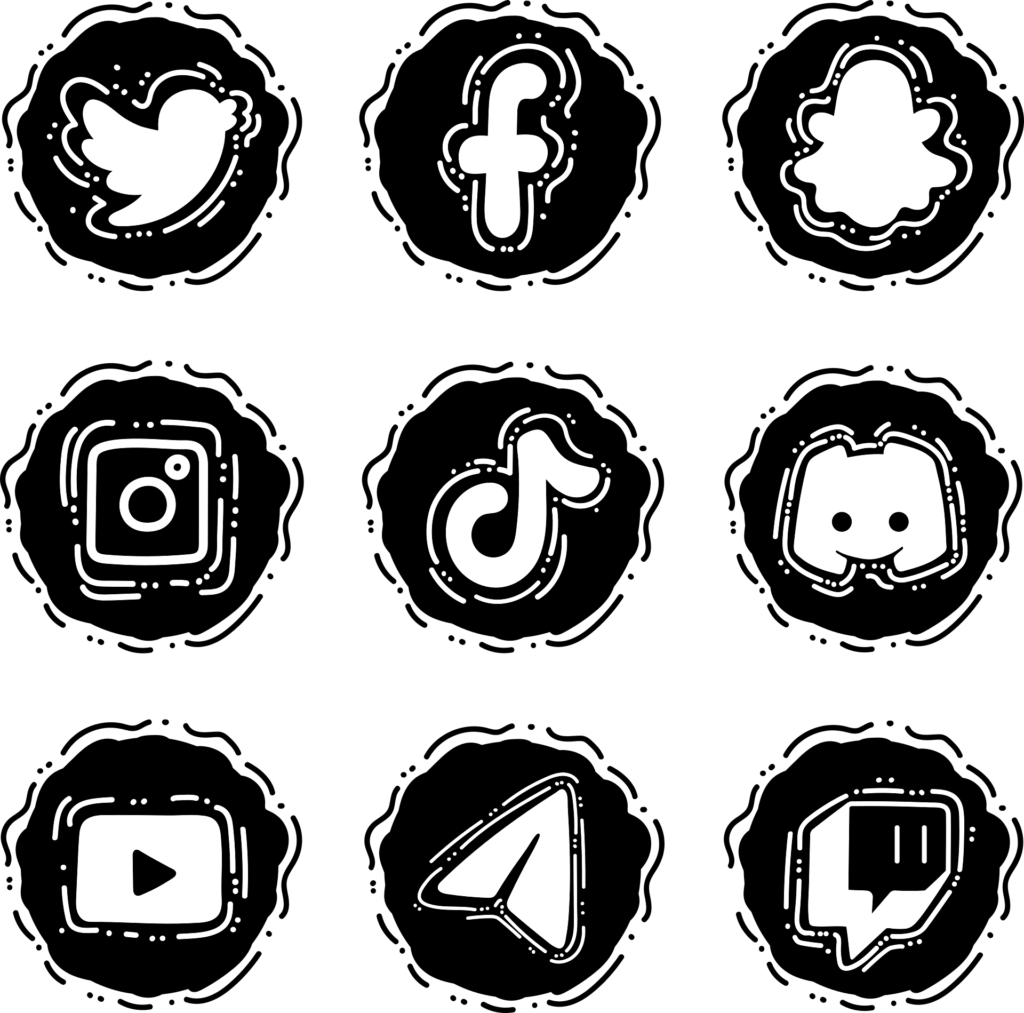
Introduction
Over the past few decades, the evolution of online marketing has dramatically transformed how businesses engage with potential customers. With the rise of digital platforms and the increasing integration of online activities into everyday life, companies are leveraging the internet more than ever to execute effective marketing strategies. Consumers now prefer digital shopping methods over traditional buying processes, prompting businesses to shift their focus to online channels (Desai, 2019).
In today’s competitive and fast-paced market, organizations must develop innovative and engaging marketing approaches to attract and retain customers. While traditional marketing once served as a reliable tool for promoting products, it is no longer sufficient in the digital age. The growing use of internet-connected devices and higher global internet penetration rates have shifted marketers’ perspectives, encouraging a move from conventional media toward digital platforms.
As digital advertising becomes crucial for brand visibility and recognition, businesses are incurring additional costs to remain relevant. Modern marketing campaigns are now more customer-centric, focusing on meeting the needs and preferences of consumers rather than simply highlighting product features. Moreover, online consumers possess distinct characteristics, such as varied demographic profiles, purchasing behavior, and decision-making styles.
2. Digital Marketing
2.1 Online Marketing Strategy
E-commerce is transforming how both individuals and businesses participate in the buying and selling process, reshaping practices across online and offline channels. Critical areas like consumer behavior, distribution methods, business models, competitive tactics, and performance analysis are undergoing rapid change (Hoffman, 2000).
The internet has revolutionized business operations by offering fast and cost-effective communication between companies and their customers, investors, and advertisers across the globe (Oudan, 2010). Given this shift, researchers argue that traditional marketing methods are becoming less effective (Ngai, 2003). Scholars continue to explore whether the internet is fundamentally changing marketing itself or simply enhancing existing marketing channels (Schibrowsky et al., 2007).
For companies looking to stay relevant and grow in the digital age, having a clear and structured online marketing strategy is essential. Such a strategy helps businesses operate efficiently in the digital space by setting SMART (Specific, Measurable, Achievable, Relevant, Time-bound) goals and aligning efforts with core business objectives. Whether it’s a large multinational or a small local firm, nearly any business can benefit from leveraging the internet to connect with customers and deliver tailored offerings (Ryan & Jones, 2009).
Modern marketing has shifted its focus from product features to the customer experience. Two-way communication enables companies to build stronger relationships with consumers by understanding their needs and preferences. This customer-centric model revolves around delivering personalized value and cultivating lasting connections with the brand. According to Agarwal (2004), businesses aim to transform casual buyers into loyal brand advocates, eventually establishing a partnership-level bond.
Kannan and Hangshuang (2016) highlight that brand reputation and customer satisfaction are the two pillars of achieving and sustaining a competitive edge. A single negative review or social media post can damage a brand’s image quickly. As customers increasingly trust peer reviews over brand messages, earned media, such as organic reviews and mentions, has become more influential than paid or owned media.
A comprehensive digital marketing strategy should consider all three types of media—earned, paid, and owned—to build authentic relationships with customers and convert them into loyal buyers. Today’s consumers are more informed, tech-savvy, and value-driven than ever before. Their online experience heavily influences their purchasing decisions, and convenience in terms of cost and time plays a vital role in gaining a competitive advantage.
With users filtering content based on personal interests, businesses must create more personalized and relevant experiences. Traditional one-size-fits-all marketing methods no longer meet the expectations of niche audiences. Hence, an effective online marketing strategy must place the customer at the center and focus on building meaningful, long-term relationships.

2.2 Digital Business Environment
The rapid development of countries worldwide, along with easier access to personal computers and smartphones, has led to a significant increase in global internet users, reaching 5.3 billion by the end of 2022, which accounts for 66% of the global population (Statista, 2023). This number has grown more than fivefold over the past 17 years, underscoring how deeply integrated the internet has become in our daily lives.
In Romania, the internet landscape is even more advanced. As of early 2023, internet penetration reached approximately 89%, with 17.82 million users online (Kemp, 2023). This is 23 percentage points higher than the global average. Social media usage is also significant—over 13 million Romanians actively use social platforms, representing 67% of the population, compared to the global average of 59.9%.
Mobile phone usage in Romania has an exceptional penetration rate of 145%, reflecting the common practice of individuals owning multiple devices. These trends clearly show that Romania is keeping pace with, or even surpassing, global digital adoption, making it a fertile ground for innovative digital marketing strategies.